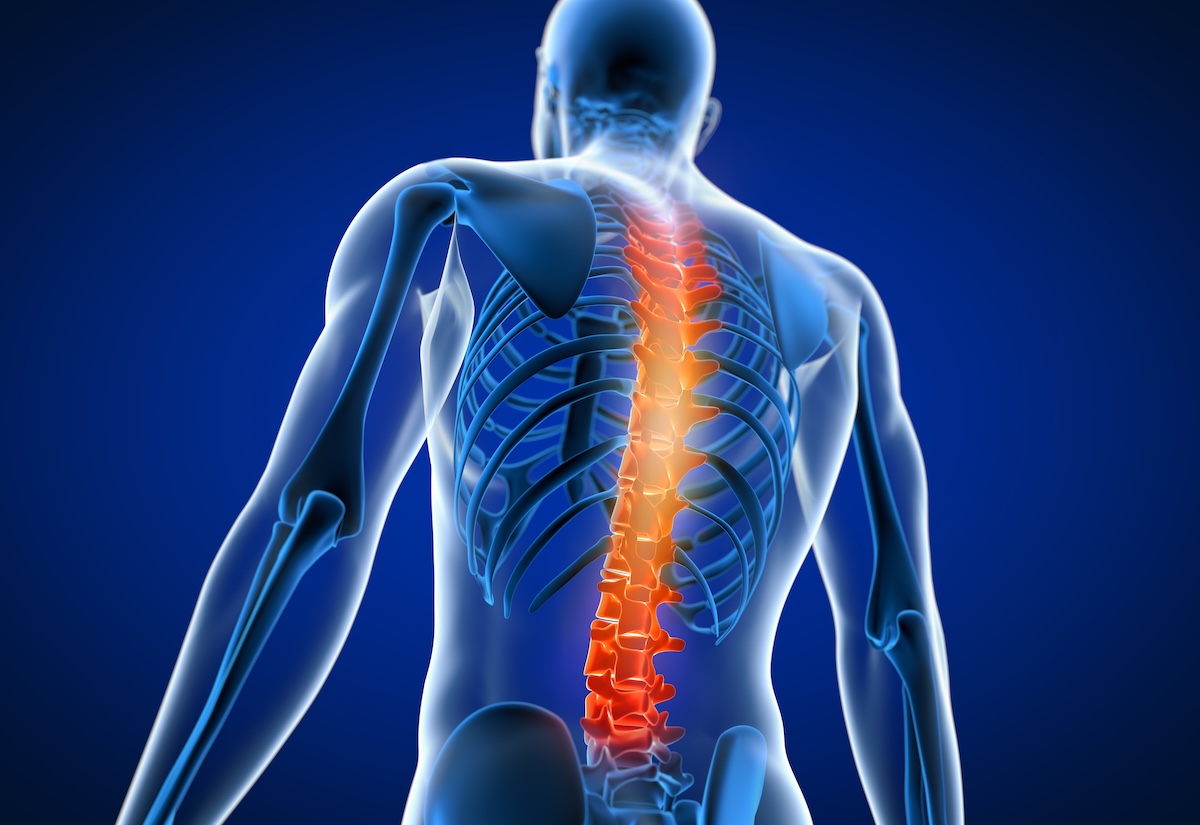Spinal Muscular Atrophy, often called SMA, is a rare but serious condition that affects the muscles in your body. It mainly weakens the muscles that help with movement, like walking, sitting, or even breathing in more severe cases. This condition starts in the spinal cord, which controls muscle movement through the nerves. When these nerves stop working, the muscles begin to shrink and get weaker over time. SMA mostly shows up in babies and children, but some forms can also appear in teens or adults. Even though SMA can’t be cured, there are treatments that can help manage symptoms and improve quality of life.

What Causes Spinal Muscular Atrophy
SMA is usually caused by a problem in a specific gene called the SMN1 gene. This gene is responsible for producing a protein that nerve cells in the spinal cord need to survive. Without enough of this protein, these nerve cells can’t send signals to the muscles, and that causes muscle weakness. People with Spinal Muscular Atrophy inherit the faulty gene from both parents. Each parent typically carries one copy of the mutated gene but doesn’t have the condition themselves. If a child gets two copies—one from each parent—they will likely develop SMA.
There’s also another gene, SMN2, that can make a small amount of the needed protein. The number of copies of the SMN2 gene can influence how severe SMA will be. More copies usually mean milder symptoms.
Different Types Of SMA
There are several types of SMA, and they’re usually categorized by the age symptoms begin and how serious they are:
-
Type 1 (Infantile-Onset or Werdnig-Hoffmann Disease): This is the most severe and most common type. It usually shows up before the baby is six months old. Babies with this type have trouble sitting up and may have problems swallowing or breathing.
-
Type 2 (Intermediate SMA): This type appears in children between 6 months and 18 months. These children might learn to sit but often don’t walk on their own.
-
Type 3 (Juvenile SMA or Kugelberg-Welander Disease): Symptoms often appear after 18 months, and children can usually walk at first but may lose that ability over time.
-
Type 4 (Adult-Onset SMA): This rare type shows up in adulthood, usually after age 21. It causes mild to moderate muscle weakness and generally doesn’t affect life expectancy.
Each type of SMA progresses at a different rate, and not everyone with the same type will have the same experience. Continue reading on the next page and find out how you can recognize the symptoms.
